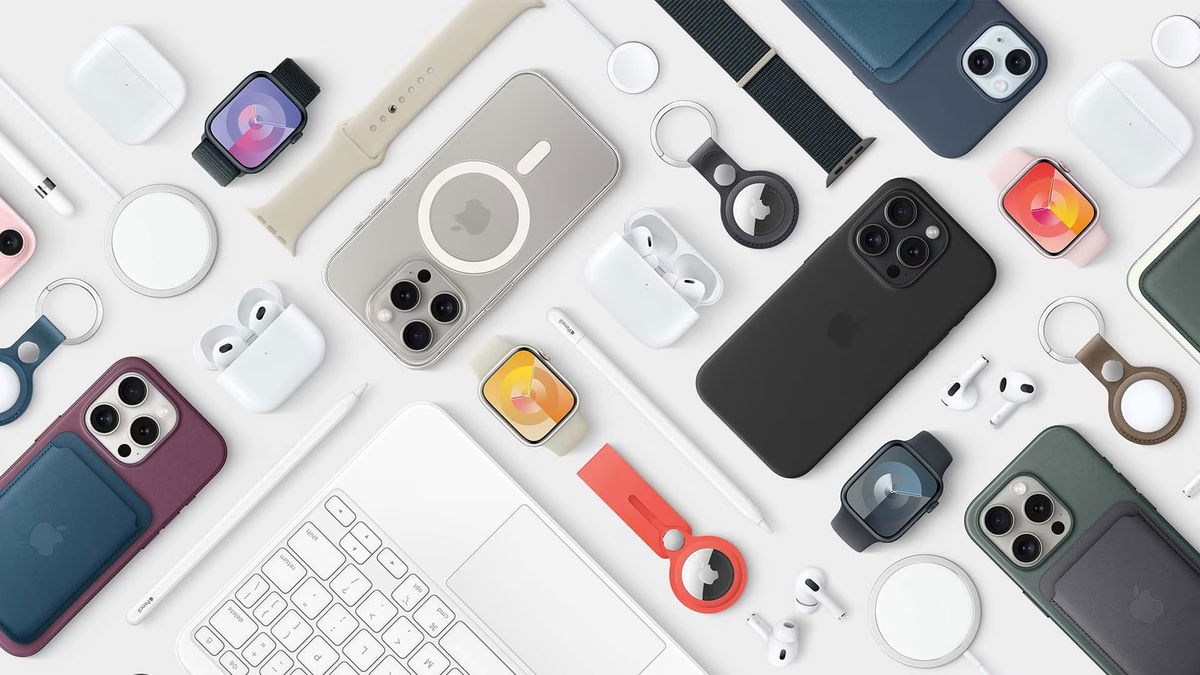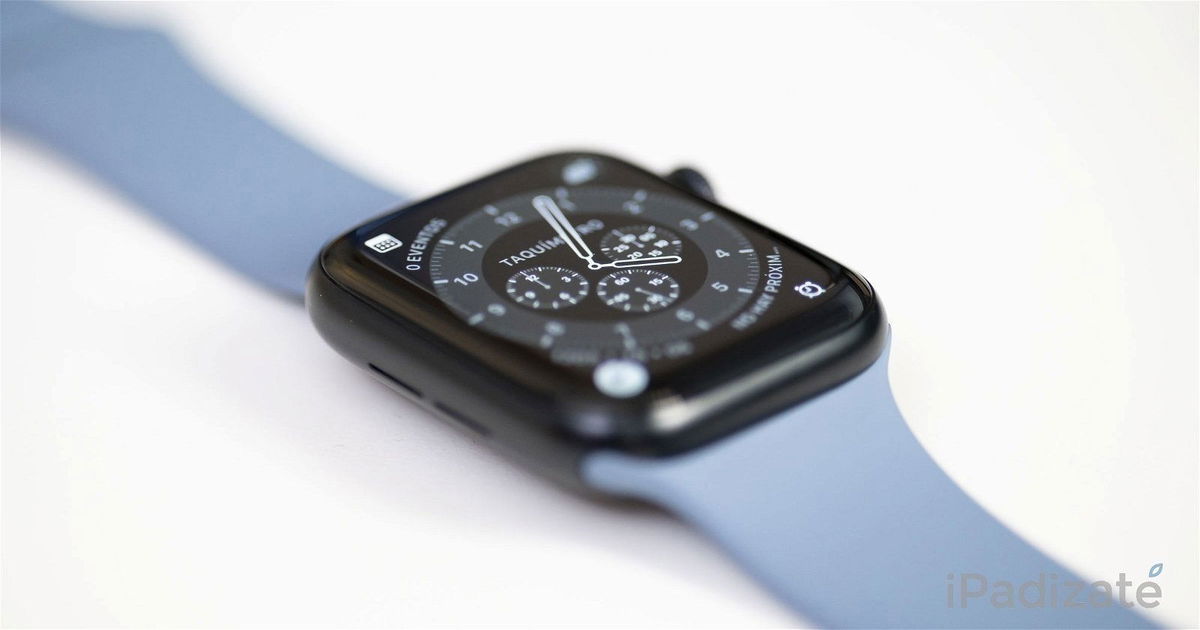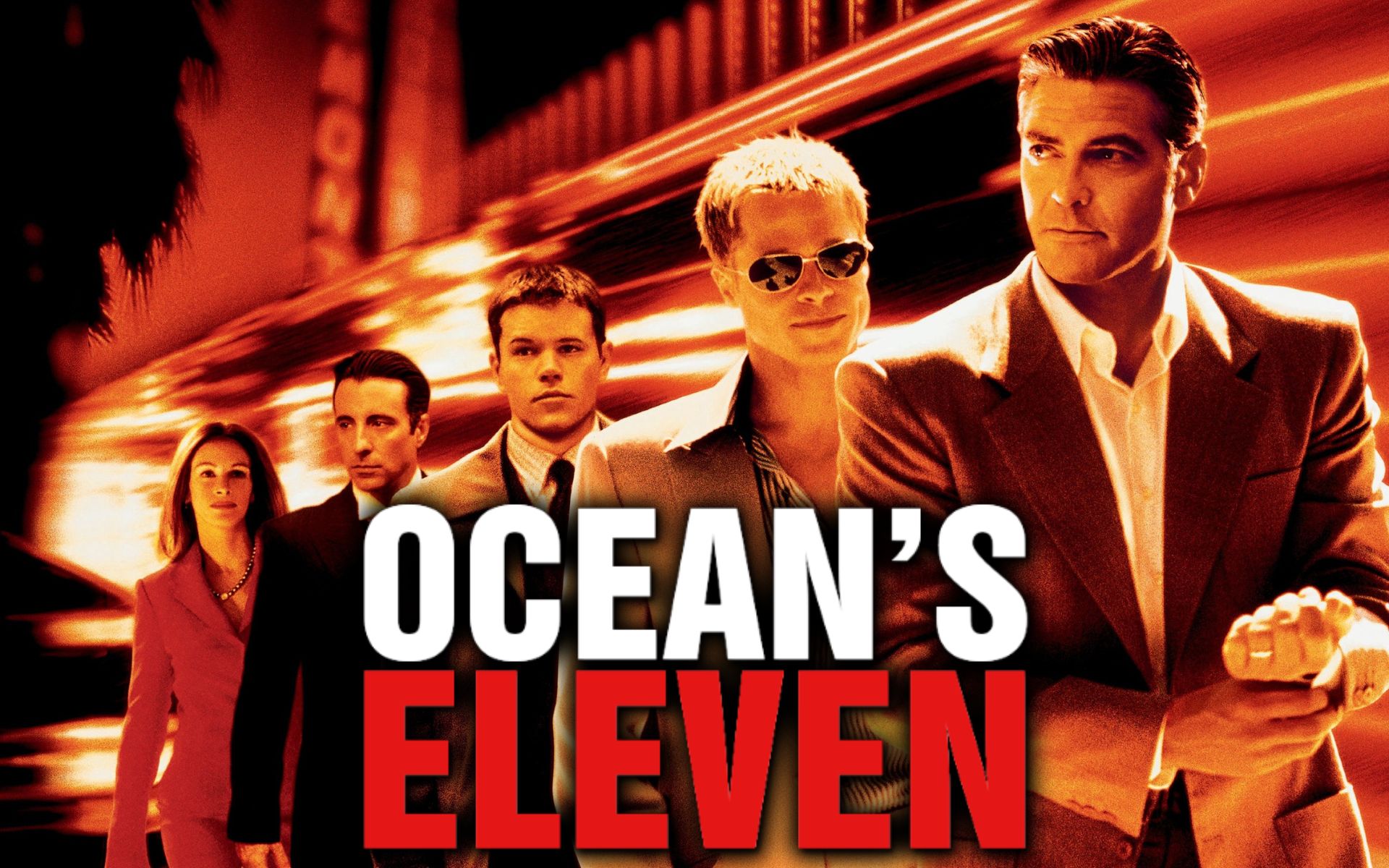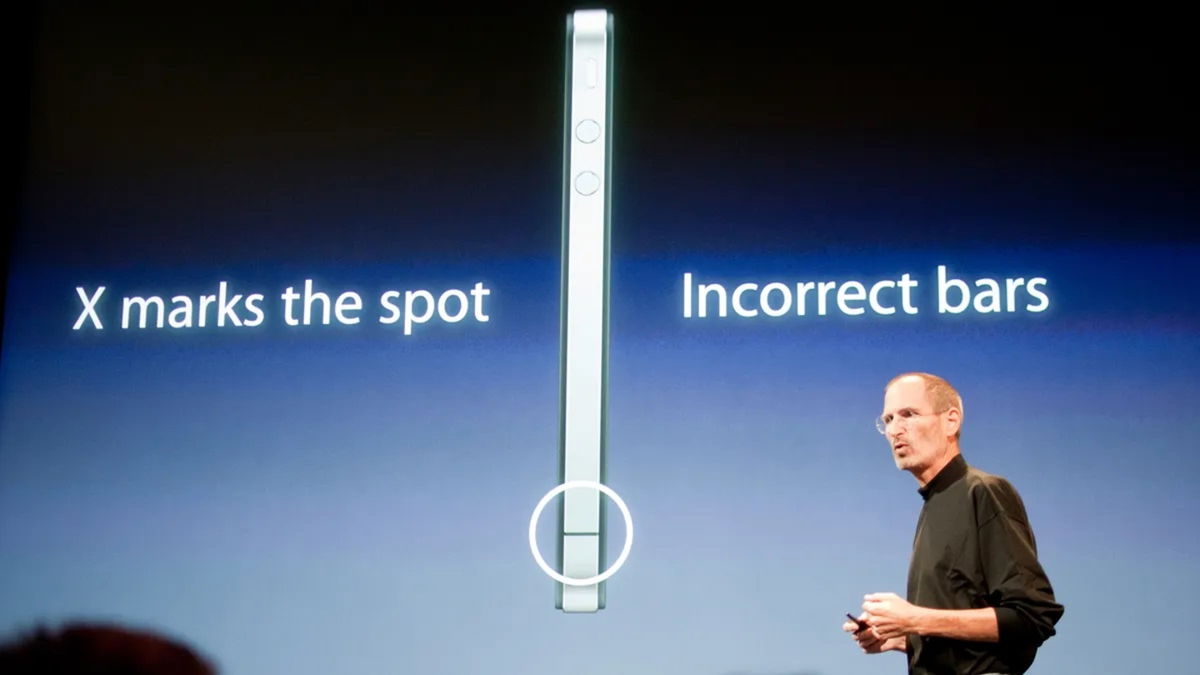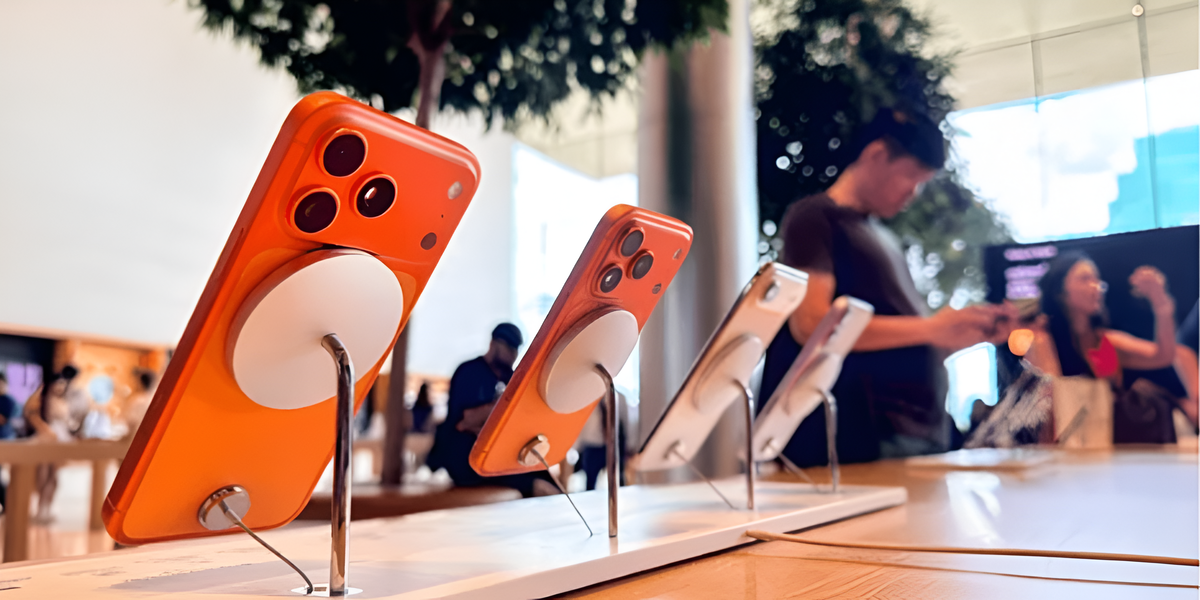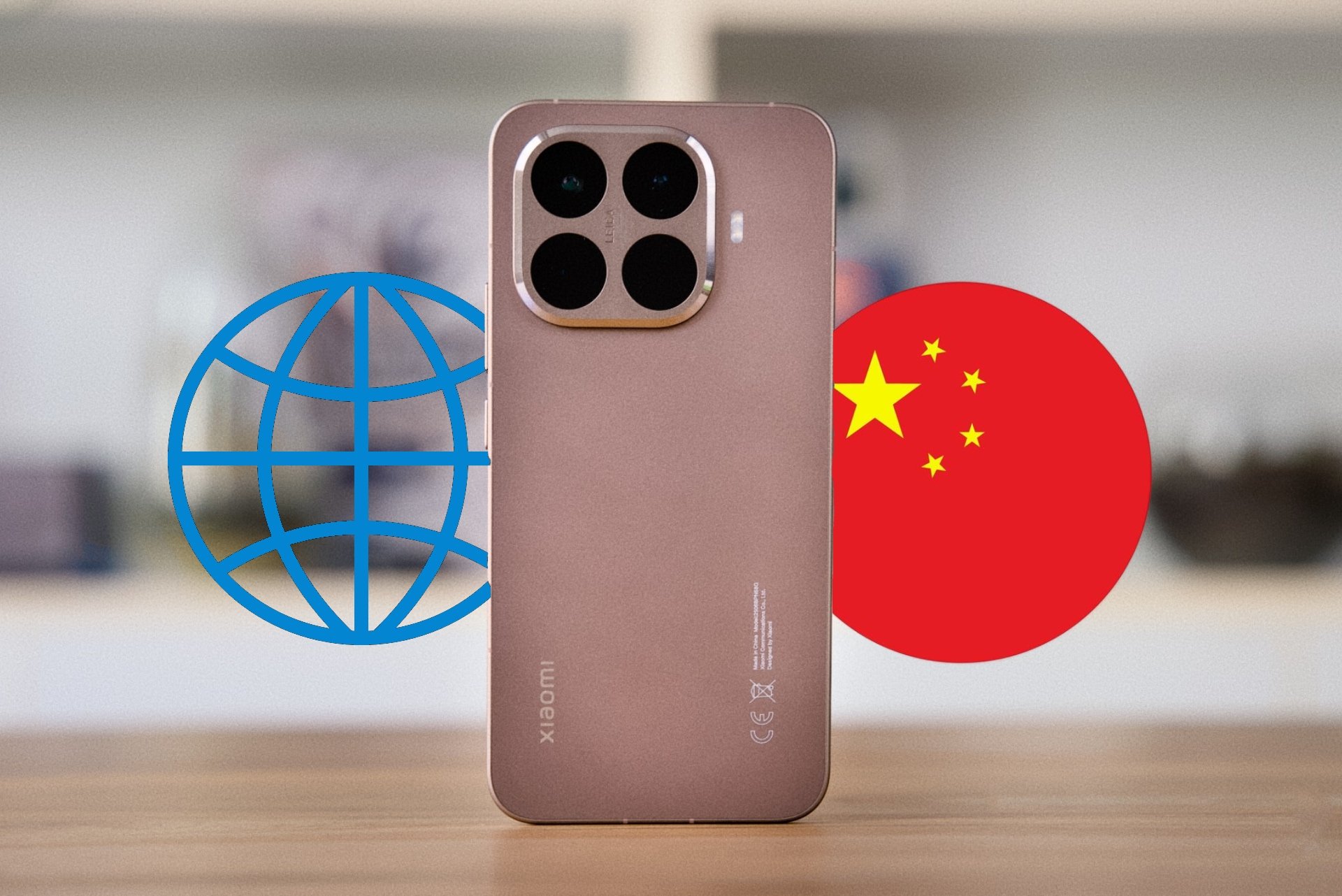The Apple iPhone 15, no matter which model you buy, has a USB-C connector rather than the old Lightning cable connector at the bottom.
This huge design change could bring a truly new and interesting feature to the latest iPhone. But many people think that this is a rather boring and uninteresting update. Let’s see: we’re talking about a new cable and a new port: what else are you waiting for! But if you put it into perspective, we may see a missed opportunity.
What did we want?

When we connect the cable to the port at the bottom of the phone, usually (90%, maybe more) the battery needs to be recharged. When you do this with some Android phones like the OnePlus 11, enough power flows into the cell phone to fully charge it in less than 30 minutes. Fast charging is the only reason most people will care about a smartphone’s cable and port, and Apple has an incredible opportunity to bring this transformative feature to the iPhone 15 models.
But no.
Why did Apple introduce a USB-C port on the iPhone? Truth: because I had to, and not because I wanted to, regardless of how this change was presented at the event. A new law on the use of a common EU charging standard has forced Apple to act. Otherwise, she would not be allowed to sell her cell phones in Europe. It is so simple.

Apple didn’t mention charging speeds in the iPhone 15 presentation; It only says that the cable can be used for charging. This isn’t much of a surprise since download speed never seems to have been important to Apple, even though it was possible to do so. An opportunity to create something useful and exciting out of a situation that truly cannot be avoided.
All indications are that the charging speed of the iPhone 15 and iPhone 15 Pro will be the same as before. We’re not saying they’re too slow, but charging definitely won’t be faster despite the new cable and port.
What came?

If USB-C iPhone didn’t provide fast charging for the iPhone 15, what did it do? Short answer: nothing new. The cable charges, transfers data, and plays sound just like a Lightning cable.
Has anything interesting been added to the more expensive flagship iPhone 15 Pro models? We thought fast charging would be an exclusive feature on the Pro models, but it’s not. Apple has provided the iPhone 15 Pro with faster data transfer speeds. iPhone 15 Pro models feature a new USB controller inside the A17 Bionic chip that supports USB 3 and allows data transfer speeds of up to 10 gigabits per second, which is 20 times faster than USB 2. And that’s provided you use a dedicated USB 3 cable, which you won’t find in the box.
Apple connected USB 3 to the camera and transferred ProRAW photos and ProRes videos directly to Mac and other external drives, an ideal feature for professional filmmakers and photographers. Sure, a lot of people were a little excited about the feature, but the vast majority of iPhone buyers have no idea where the ProRAW settings are in the camera app, let alone having to transfer them to a computer that’s twice as fast.

Many believe that announcing a USB-C port that can charge batteries from 0 to 100% in half an hour would have had a greater impact, rather than talking about data transfer speeds 20 times faster.
Missed opportunity?

A few years ago, Apple turned wired data transfers into a waste of time by introducing over-the-air cloud software updates, iCloud Drive backup and, most of all, AirDrop. We haven’t actually used the cable for anything other than charging our iPhones in years, and we find it hard to believe that with our new iPhone 15 Pro we’ll be able to use the cable for anything else.
Despite everything that’s been written about the arrival of USB-C on the iPhone, its introduction is a less-than-impressive change since charging will proceed at the same speed as without the Lightning port.
It’s the end of an era, and unfortunately many feel that Apple missed the opportunity to usher in a new era of fast or ultra-fast charging – a fantastic, useful, and sometimes even transformative feature.
Source: Digital Trends


